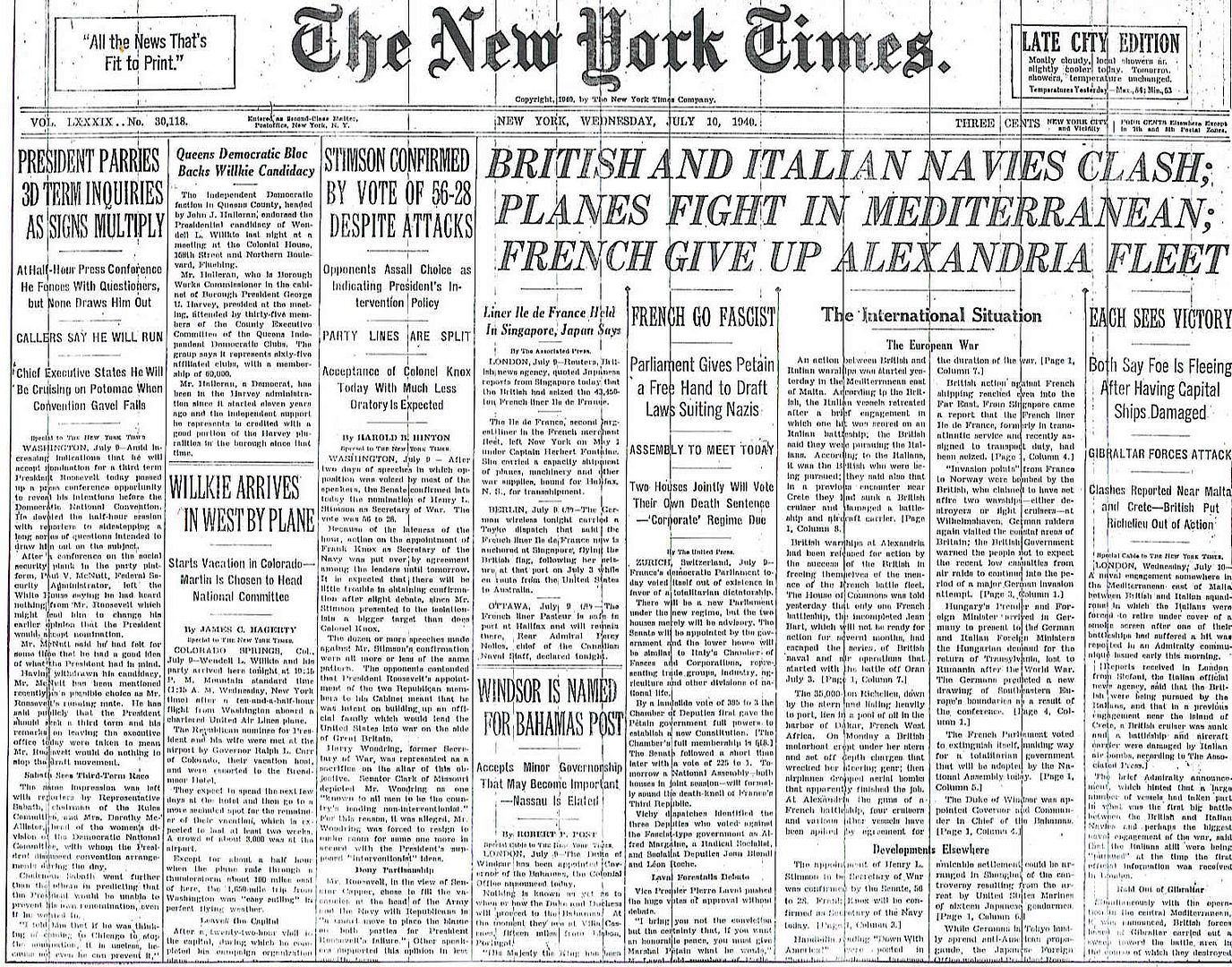
Posted on 07/10/2010 6:06:07 AM PDT by Homer_J_Simpson

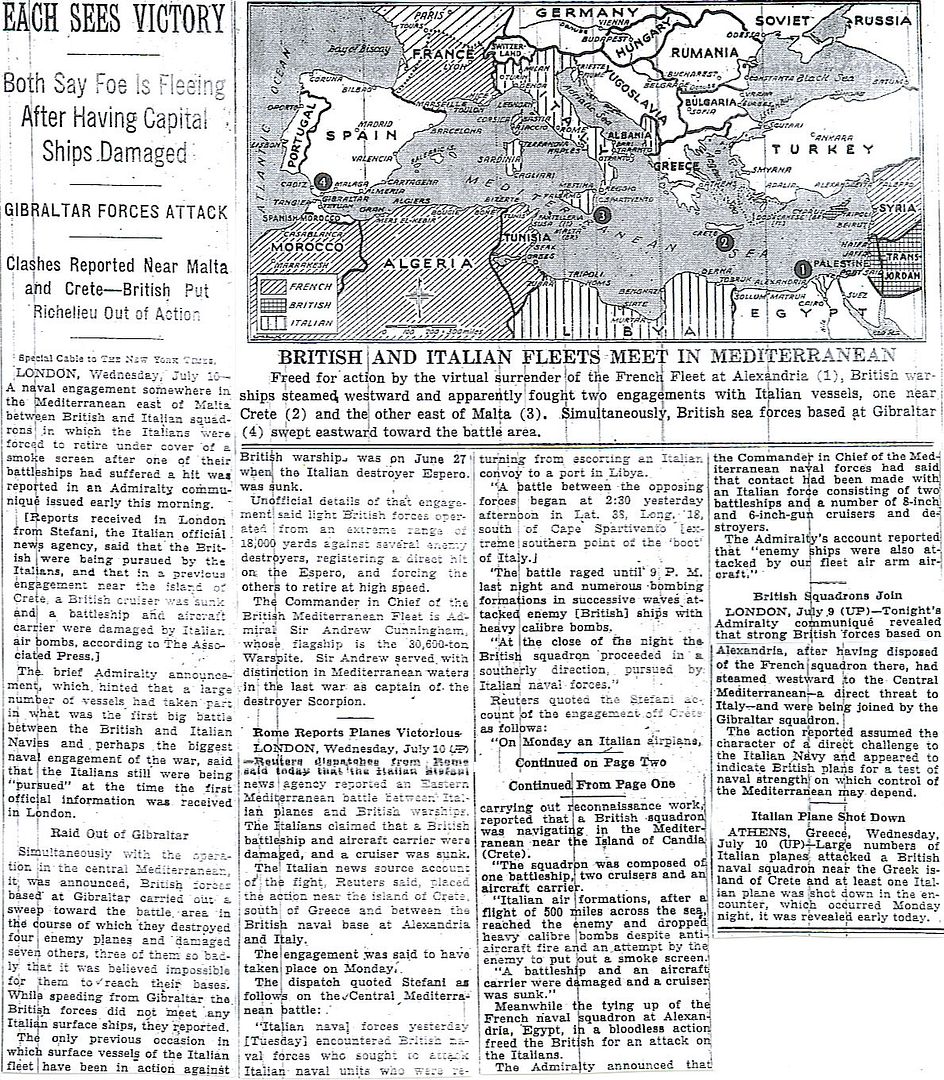
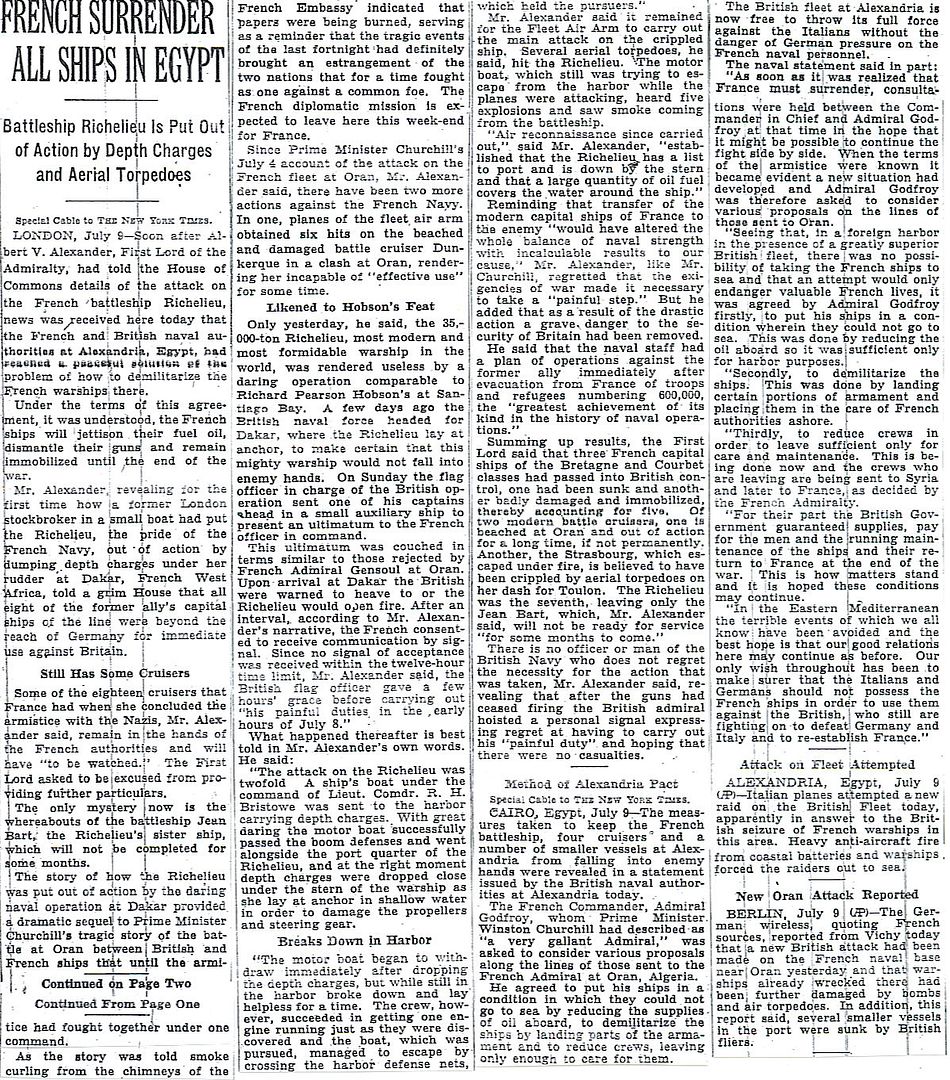
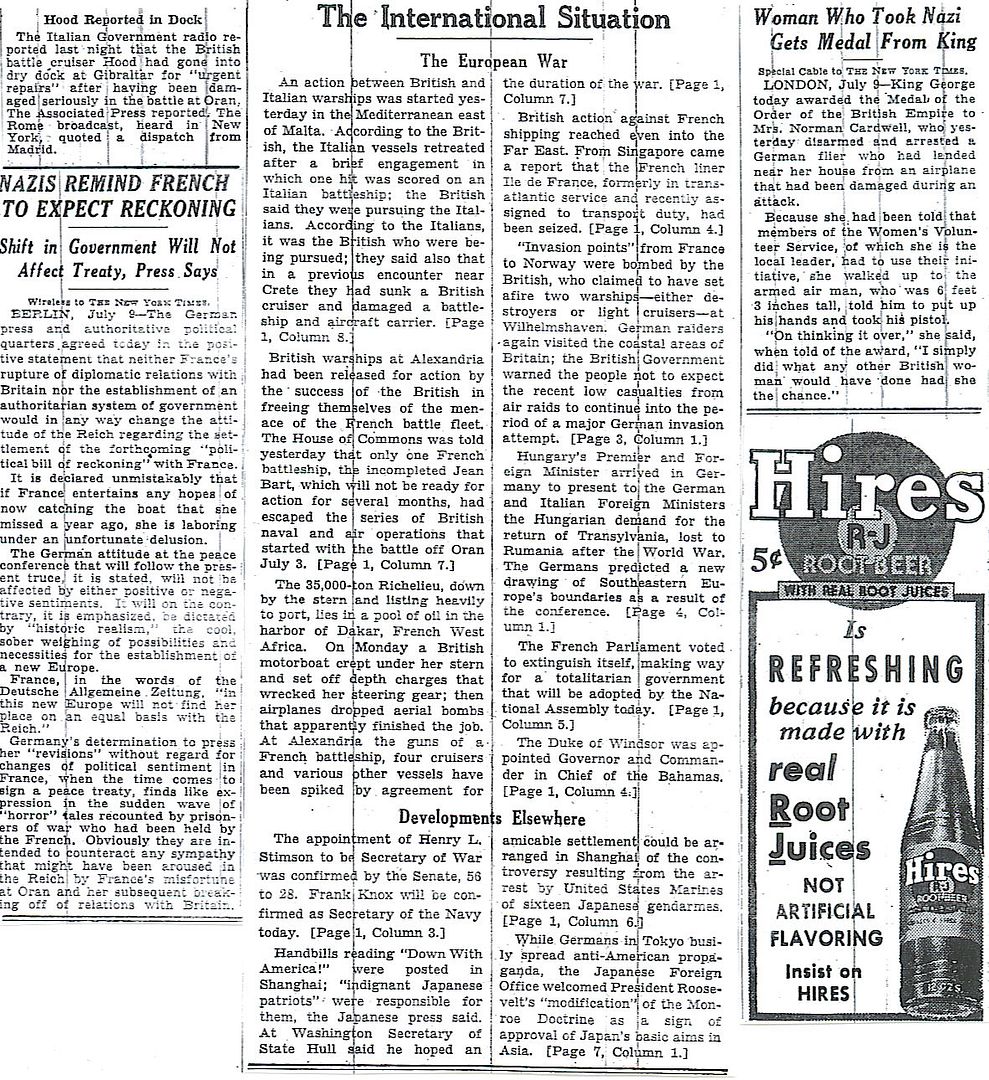
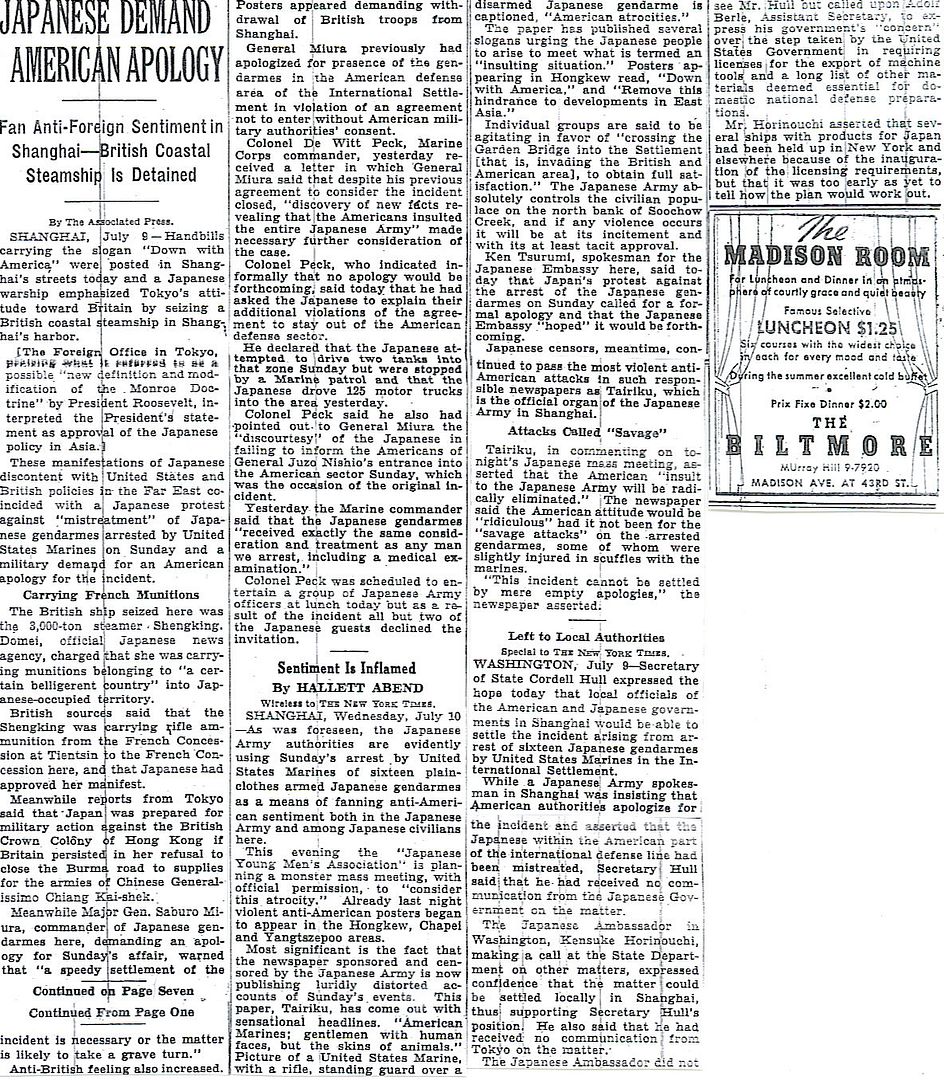
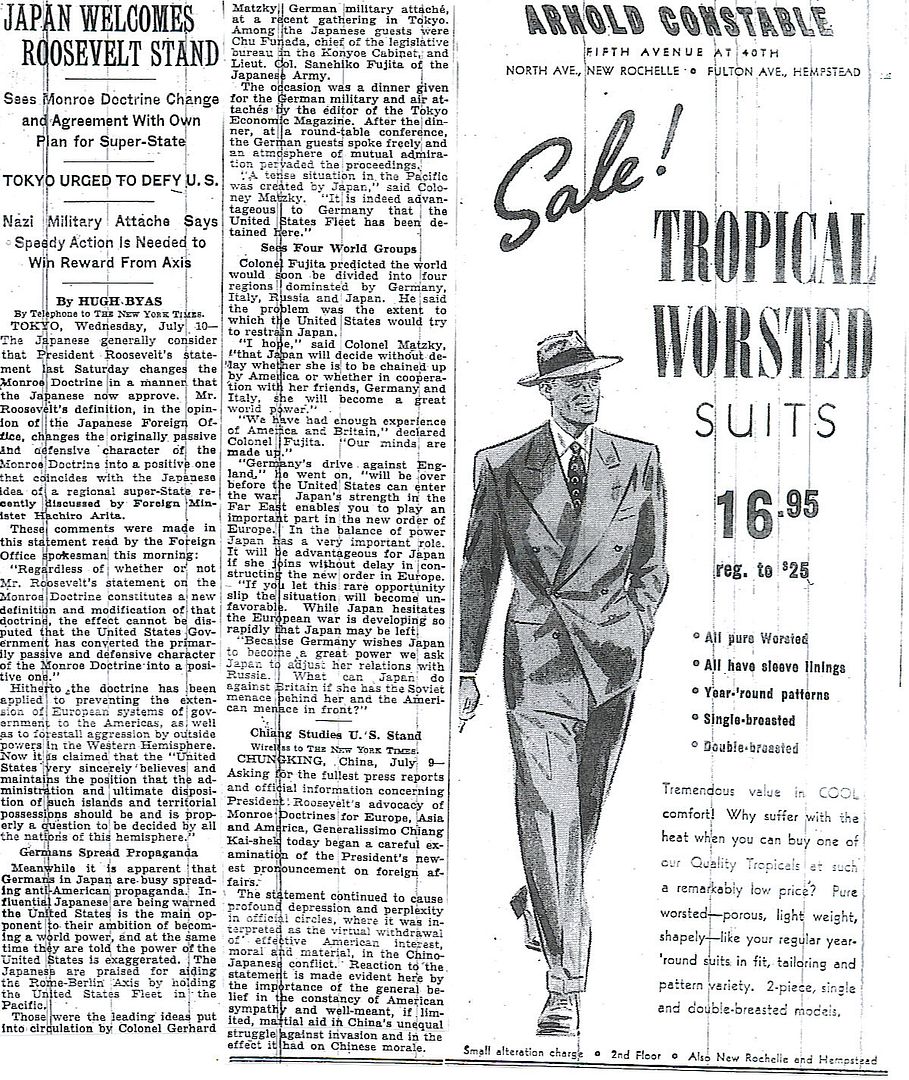
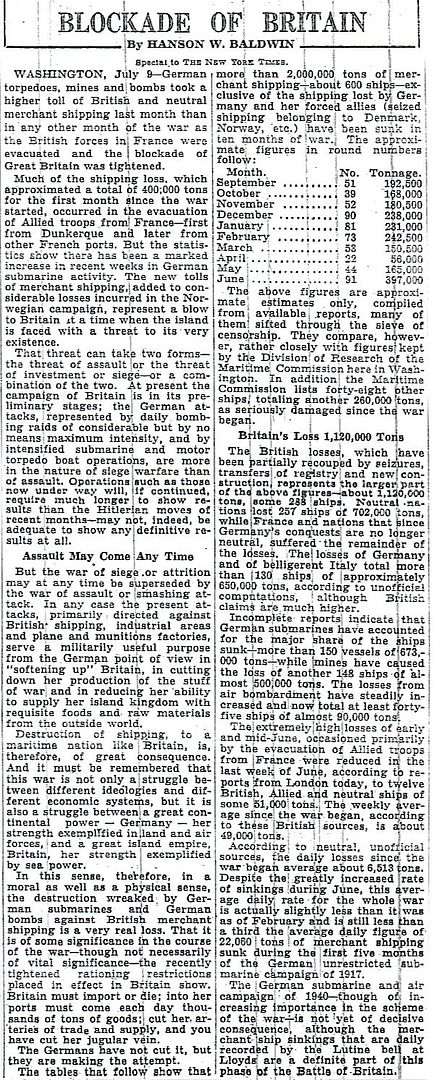
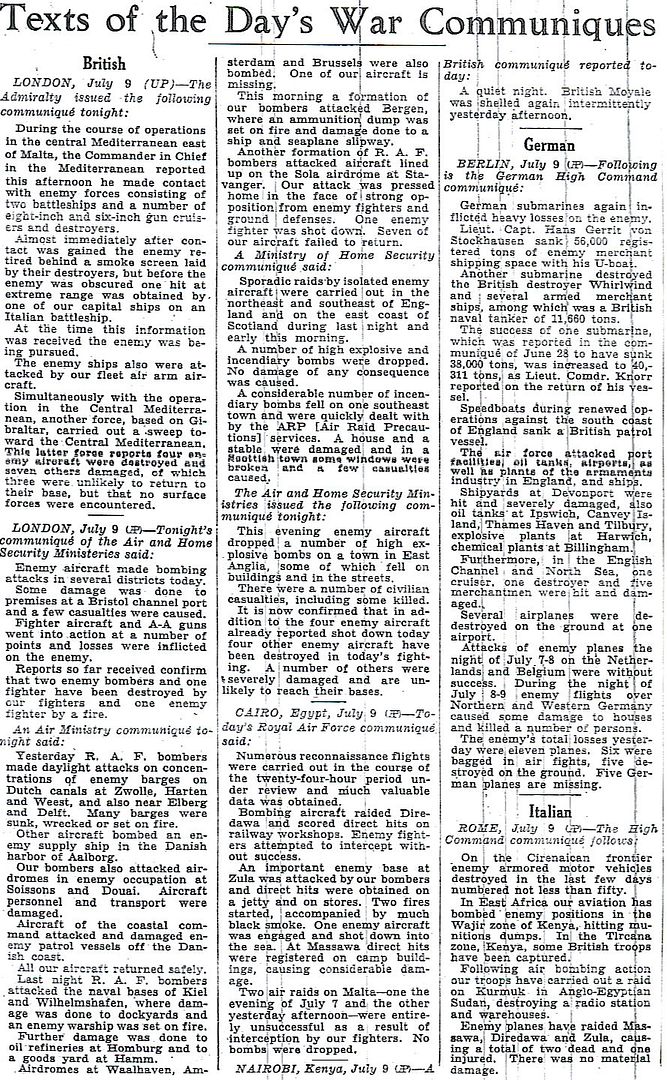
http://www.onwar.com/chrono/1940/jul40/f10jul40.htm
The battle of Britain begins
Wednesday, July 10, 1940 www.onwar.com
Over Britain... The Germans send 70 planes to raid dock targets in South Wales. In the British reckoning this is the first day of the battle of Britain.
Over the English Channel... There are more air battles in which there are losses on both sides.
http://homepage.ntlworld.com/andrew.etherington/month/thismonth/10.htm
July 10th, 1940
UNITED KINGDOM: The first phase of the Luftwaffe’s attack on the British Isles begins with an attempt to block the English Channel to Allied shipping. A force of bombers from KG 2 and two Stuka-Gruppen are placed under the command of the Geschwader-Kommodore of KG 2, Oberst Johannes Fink, who is appointed Kanalkampffuhrer. 20 Do 17Z-2s from KG 2 bomb a convoy off Dover.
Spitfires and Hurricanes, warned by RDF tore into the Germans and a tremendous dogfight started. Machine-gun fire could be clearly heard in coastal towns. The fury of the RAF attack drove off the attackers who succeed in hitting only one ship in the convoy. Two Bf109s are lost for 6 RAF aircraft, including a Hurricane which crashed into the Channel after colliding with a Do17 which also crashed. This part of the country is becoming known as Hellfire corner.
German bombers also raid Swansea and Falmouth docks, and convoys in the Bristol Channel.
SS Waterloo 1,905 GRT) Canadian bulk canaller was bombed and sunk by Luftwaffe aircraft in the North Sea off Great Yarmouth, England, in position 52.53N, 002.19E. Waterloo was transiting alone in ballast along the coast from Yarmouth to the Tyne estuary when she was attacked by level-bombers from high altitude. In an impressive display of bombing accuracy, the small ship was hit by two of six bombs, which struck Number 1 hold just aft of the bridge. The ship was stopped and all twenty crewmembers safely abandoned the ship in her lifeboats. For 15 minutes it appeared as though the ship may stay afloat but then the bulkhead between Number 1 and 2 holds collapsed and the ship went down by the bow in shallow water, struck the bottom, and slowly sank out of sight. The crew rowed to the nearby shore. (Dave Shirlaw)
The Fascist organisation now calling itself the British Union was effectively outlawed tonight. Sir John Anderson, the Home Secretary, signed an order under Regulation 18A of the new Defence Regulations. This makes it an offence to call or attend a meeting of the Union, distribute leaflets about any such meeting, or otherwise invite support.
Sir Oswald Mosley, the leader of the organisation, which changed it’s title last year to the ‘British Union of Fascists and National Socialists’ (normally shortened to British Union), was interned last month along with 700 others who had been in the BUF. His wife Diana, a sister of Hitler’s doting admirer the Honourable Unity Mitford, was detained a fortnight ago. There is little evidence that any of these internees were actively interested in a German victory and, indeed, the great majority of British Fascists who have not been interned are serving in the armed forces.
There is a strong suspicion that to some degree Mosley’s extended internment was motivated by the hatred felt for him by the Labour Home Secretary, Herbert Morrison, who regarded Mosley as a traitor to the Labour Party (Mosley had been a Minister in Ramsey MacDonald’s second government). Certainly Churchill, who knew and despised Mosley, was very uneasy about keeping him locked-up without trial long after the threat of a German invasion had receded. (Adrian Weale)
London: Churchill writes to Sir Archibald Sinclair, the MP and Secretary of State for Air, on Air Chief Marshal Hugh Dowding:
“Personally I think he is one of the very best men you have got, and I say this after having been in contact with him for about two years. I have greatly admired the whole of his work in the Fighter Command, and especially in resisting the clamour for numerous air raid warnings, and the immense pressure to dissipate the Fighter strength during the recent French battle. In fact he has my full confidence.
I think it is a pity for an officer so gifted and so trusted to be working on such a short tenure as four months, and I hope you will consider whether it is not in the public interest that his appointment should be indefinitely prolonged while the war lasts. “ (37)
RAF Bomber Command: 2 Group ( Blenheim). 107 Sqn. 6 aircraft bombing the satellite airfield near Amiens. 4 aircraft FTR.
FRANCE:
VICHY FRANCE: The Third Republic has been replaced by the ‘Etat Francais’ [French State], based in Vichy. The “Head of the French State” and Prime Minister will be Marshal Philippe Petain.
The National Assembly today voted by 569 to 80, with 17 abstentions, to grant Petain the power to promulgate a new constitution. Petain will be aided by Pierre Laval, the vice-premier.
Darlan asks the Italian Admiralty to join him in a naval attack on Alexandria in order to liberate the French fleet encircled there. He also proposes a French raid on the British colony of Sierra Leone in West Africa and a bombing assault on Gibraltar.
MEDITERRANEAN SEA:
Believing the Italian Fleet has returned to Augusta, 9 Swordfish I aircraft from HMS Eagle deliver a torpedo attack on the Augusta roads. While no capital ships are present, the destroyer Leone Pancaldo is hit and sunk (it is later salvaged) and a motor ship is damaged. (Mark Horan)
GERMANY:
The prototype Bf 109F makes its maiden flight.
Berlin: Franz Rademacher, the official in charge of Jewish affairs at the foreign office, has proposed moving the estimated four million Jews expected to be living under German rule after the war to the French Indian Ocean Island of Madagascar. In the document ‘The Jewish Question after the Peace Treaty’ he says that putting the Jews on Madagascar - which France will hand over to the Reich - rather than in the Lublin area of Poland, as planned at present, will make them easier to control.
U-128 is laid down. (Dave Shirlaw)
AUSTRALIA: Minesweeper HMAS GOULDBOURN is laid down. (Dave Shirlaw)
U.S.A.: Baseball.
Washington: Roosevelt asks Congress for a $4,848 million defence budget to fund a 1.2 million man army and 15,000 new planes. (US$55.724 billion in year 2000 dollars (Jack McKillop))
ATLANTIC OCEAN: At 1426, the Petsamo was hit in the engine room by one torpedo from U-34, broke in two and sank within 20 minutes. Four stokers on watch below were killed. The U-boat had needed six hours to get into a favourable firing position and sank the ship in sight of the Irish Coast.
The Alwaki had joined Convoy OA-179 on 6 Jul 1940. At 1306 the ship is hit by two torpedoes fired by U-61 from just over 200 meters distance. The torpedoes hit the ship, penetrated the hull but did not detonate. The Alwaki was shaken and immediately started to list to port, because a bulkhead could not be closed and was slowly flooded. A British freighter came alongside and took off all 41 crewmembers and ten passengers. They are landed at Cardiff on 15 July. Tug HMS Bandit tried to salvage the ship, but she sank after 22.00 hours 10 miles NE of Cape Wrath. The absence of the explosion led to the erroneous conclusion by the Admiralty that sabotage was the cause of her loss. (Dave Shirlaw)
Fascinating as always, thanks for posting.
And the Duke of Windsor begins his exile in the Bahamas. Hey it beats St. Helena!
Naturally, President Roosevelt apologized for nothing.
But his more recent Democrat successors have been constantly apologizing, bowing and scraping to every tin-horn dictator ever since.
Date: 10 July 1940

Summary of action
During the day the main effort was concentrated in two attacks on shipping. At approximately 1100 hours a convoy was attacked off Manston by 1 Dornier escorted by 10 Me109s but in consequence of timely action by two of our fighter squadrons, the enemy aircraft were driven off. They suffered losses of 1 Me109 confirmed and 4 Me109s probable. At 1325 hours a large force of about 120 enemy aircraft collected behind Calais and approached a convoy between Dover and Dungeness. Fighter interception by 5 squadrons resulted in 6 Me110s, 1 Me109, 1 Do17 and 1 Do215 being confirmed as having been shot down, and 2 Me110s, 5 Me109s and 4 Do215s as probable casualties.
Further enemy harassing raids took place along the West, South and East coasts. This was especially heavy in the West. Towards the evening, owing probably to bad weather, activity decreased. 1 Ju88 was shot down by AA fire. In the east, casual shipping was attacked and a few localities bombed including Raynham Aerodrome. During the course of these attacks 1 Do17 and 1 He111 were shot down and 1 Do17 and 1 He111 are probable casualties. No. 242 Squadron took part and accounted for one certain and one unconfirmed (included in the above). A few sporadic raids took place over the Scottish coast, none of these were intercepted.
Between 2130 and 0530 hours, 12 raids were plotted between Firth of Tay and Beachy Head. Owing to adverse weather, none of our fighters were up. Bombs were dropped on Guisborough, Canewdon, Hertford, Isle of Grain, Tobermory (Isle of Mull, West Coast of Scotland), Colchester, Welwyn and Ely.

________________________________________
Statistics
Casualties:
Patrols:
Balloons:
Aerodromes:
Organisation:
Air Intelligence Reports
Home Security Reports
Homer steered me to this web sight a couple of months ago
I, in turn, was steered to it by a footnote in Michael Korda's book, "With Wings Like Eagles." Here is what he has to say about it:
"For the day-by-day details of the Battle of Britain, I have relied on two principal sources: The Royal Air Force Battle of Britain Campaign Diary, which is very accurate about weather, British fighter losses, and RAF and civilian casualties, as well as the exact damage inflicted by Luftwaffe raids, but is not necessarily accurate about German losses . . ."
Another footnote relates to part of today's initial entry:
"The two MG FF (Oerlikon) cannon in the wings of the Bf 109E (each with sixty rounds) fired on an "open bolt," as opposed to a closed bolt - that is, the breech opened as they fired, like that of a submachine gun. This made them lighter (they also had a short barrel, to save weight) by eliminating a complex and heavy breeech-locking mechanism, but also substantially reduced the muzzle velocity (submachine guns are designed this way so that they don't overheat). Consequently, in 1940 the Bf 109E's wing guns, thought they packed a deadly punch, operated at a very low rate of fire and with insufficient muzzle velocity."
I'm pretty curious to see how this battle will play out in the American newspapers. I get the feeling that it will not dominate the news with the possible exception of the key days where the massive attacks took place. I recall at times, the Winter War fading into the noise, and the Battle of the Atlantic has definitely been a side show throughout with the exception of the Graf Spee.
So far it doesn't seem like they are into the nuance. They present it as a tit-for-tat kind of thing. The British raid German occupied territory and the Germans raid Britain. I haven't read anything so far that explains the importance of air superiority as a prerequisite for the invasion of Britain.
Of course, most of what I see comes from skimming the articles as I prepare them. I haven't had much time to actually read the stuff I post every day.
It is an awful lot of information for certain. I try to make a point to read all the articles every day, but I don’t always have time to do that.
http://worldwar2daybyday.blogspot.com/
Day 314 July 10, 1940
Battle of Britain Day 1. British air cover over the English Channel and Royal Navy ships are the biggest threats to German plans for a cross-Channel invasion of Britain. Luftwaffe must first defeat RAF and dominate the skies over the Channel. Göring plans to draw RAF into the air, by attacking Channel shipping and British coastal facilities, and then destroy British fighters in a series of dogfights (”the Channel battles”). 24 German bombers and 50 or more fighters attack a large convoy (codenamed “Bread”) in the Straits of Dover, escorted by 6 RAF Hurricanes. 4 RAF squadrons in Southeast England are scrambled and a 30 minute dogfight ensues (RAF loses 3 fighters and Flying Officer Tom Higgs of 111 Squadron is killed; Germans lose 4 planes including 2 Dornier bombers). 1 ship in the convoy is sunk. 70 German bombers attack docks at Swansea, South Wales and Falmouth, Cornwall, where British tanker Tascalusa is sunk. http://www.raf.mod.uk/history/phase1ofthebattle.cfm
Liverpool, England. 2,542 “enemy aliens” (200 Italian POWs, 251 German POWs, 55 known Nazi sympathizers and 2,036 anti-Nazis, mostly Jewish refugees) embark onto British transport ship Dunera, a converted liner expected to carry 1600 troops. Over the next 57 days, they will be robbed, beaten and in 1 case bayoneted by the British guards. Overcrowding, lack of toilets and unsanitary conditions lead to widespread dysentery. Several British soldiers will be court-martialed including the senior officer Lieutenant-Colonel William Scott. When they arrive in Australia on September 6, they will be shipped by train to the rural town of Hay in the centre of New South Wales. http://www.marple-uk.com/misc/dunera.pdf
After the Battle of Calabria, 9 Fairey Swordfish from aircraft carrier HMS Eagle attack Augusta, Sicily, at 9.40 AM, sinking Italian destroyer Leone Pancaldo. Leone Pancaldo will be raised on 26 July 1941 and sunk again by Allied bombers on 30 April 1943 1 mile off Cape Bon, Tunisia.
In preparation for a British commando raid on Guernsey (Operation Ambassador), Lieutenant Nicolle returns from a reconnaissance mission. German garrison consists of 469 soldiers, mainly in St. Peter Port, and machine gun posts 2-5 miles away along the coast. Nicolle estimates commandos will have 20 minutes after attacking the machine guns before reinforcements arrive.
Italian submarine Scirè sinks French steamer Cheik, 54 miles Northwest of Sicily. Scirè rescues Cheik’s crew. http://www.sommergibili.com/indexen.htm
German armed merchant cruiser Widder sinks British steamer Davisan, 500 miles of the coast of Florida (taking the entire crew prisoner). http://ahoy.tk-jk.net/MaraudersWW2/4Widder.html
U-34 sinks Finnish steamer Petsamo carrying 6000 tons of cereals, within sight of the South Irish coast (4 dead, 33 crew make it to shore). http://www.uboat.net/allies/merchants/ships/418.html
U-61 sinks Dutch steamer Alwaki in ballast 10 miles off Cape Wrath, Scotland, with a torpedoe that penetrated the hull but did not explode. The Alwaki was shaken and immediately started to list to port, because a bulkhead could not be closed and was slowly flooded. All 41 crew and 10 passengers are rescued by a British steamer Harmonic and landed at Cardiff on 15 July. The absence of explosion leads the Admiralty to suspect sabotage. http://www.uboat.net/allies/merchants/ships/417.html
Disclaimer: Opinions posted on Free Republic are those of the individual posters and do not necessarily represent the opinion of Free Republic or its management. All materials posted herein are protected by copyright law and the exemption for fair use of copyrighted works.